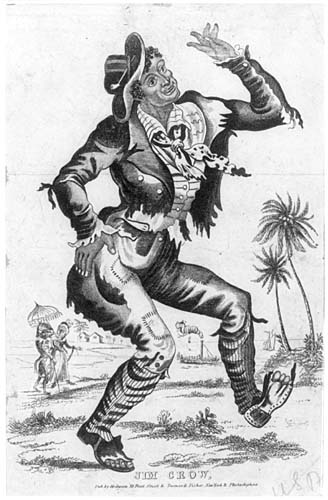Venue Type & Location
Theatre
Overview
Beth Marquis
Troupes at Queen's Theatre
| Film | Affiliated people | Film Type | # of event(s) |
|---|---|---|---|
| Sharp, J.W. | Sharp, J.W. | Vocal Entertainment | Definite Sharp, J.W. |
Events at Queen's Theatre
| Event | Date | Venue Location | Film |
|---|---|---|---|
| Dramatic | - | London, London (city-county) | Sharp, J.W. |
Bibliographic Sources
- London: H.G. Clarke & Co., 1851
“QUEEN'S THEATRE Tottenham Street, Tottenham Court Road. A small neat theatre, at one time under the management of that charming actress Mrs. Nisbett. Open occasionally” (130).
- London: Longmans, Green, Reader, and Dyer, 1868
“QUEEN'S THEATRE (now the PRINCE OF WALES'S) Tottenham-street, Tottenham-court-road, was originally Francis Pasquali's Concert-room, enlarged for the Concerts of Ancient Music by Novosielski, who built here a superb box for George III. and Queen Charlotte (Dr. Rimbault, Notes and Queries, No. 10). In 1802 Colonel Greville fitted it up for the performances of the ‘Pic-nic Society,’ a body of distinguished amateurs, whose celebrity rendered them objects of alarm to the professional actors of the day, and exposed them to the attacks of the caricaturist Gilray. In 1808 it was an equestrian establishment under the management of Saunders. Two years afterwards it was opened as a theatre, but Mr. Paul, the first manager, proved unsuccessful. About 1821, it passed into the hands of Mr. Brunton, whose daughter, afterwards so justly celebrated as Mrs. Yates, was one of its chief attractions. In the first bill issued by Mr. Paul, the first theatrical lessee, it is simply called the ‘New Theatre, King's Ancient Concert Rooms, Tottenham-street.’ Afterwards it became the Regency, the Theatre of Variety, and the West London; and on the accession of William IV. was designated the Queen's, in compliment to Queen Adelaide. An attempt to rendor the theatre a sort of English opera-house was made in 1831 by Mr. Macfarren (father of the popular composer), and in 1833 it acquired a temporary brilliancy under the new name of the Fitzroy. […] In 1835 it was reopened by Mrs. Nesbitt, who formed a really powerful company, comprising the most noted comic performers of the time, and revived the name of the ‘Queen's.’ It received its present designation under the management of Miss Marie Wilton. Here Young, the tragedian, first appeared on the stage, in 1807, at a private performance” (786-7).
Also gives the theatre’s capacity (in 1866) as 900 (789) - Metropolitan Magazine, The April, 1847: 415-428.
- London: David Bogue, 1855p719.
The information provided within this source is much the same as that given within the 1868 edition of the book.
- London: H.G. Clarke & Co., 1851p220.
The information provided within this source is similar to that given within London in all its Glory, also published by H.G. Clarke, & Co.
- (Under Scala Theatre)

